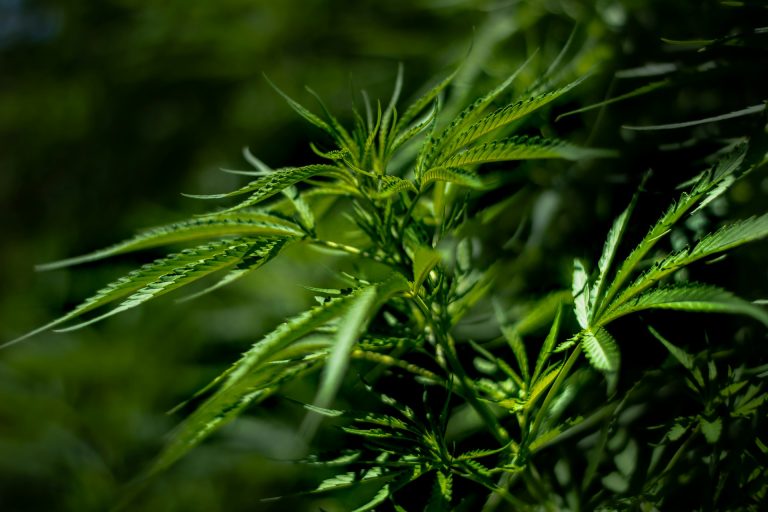
While the banjo is similar to a ukulele or guitar in that they are all stringed instruments, this is mostly where the similarity ends. Even the supposedly simple act of tuning the banjo is different from tuning a ukulele or guitar, and it’s not as straightforward as some may think. But tuning your banjo is essential, and there’s nothing like the clear and crisp sound of a banjo that has been well-tuned. The tuning of a banjo is a unique process, particularly with regards to the 5-string banjo because one of the banjo strings is shorter than the other four strings. One of the main questions most players have when it comes to tuning is about which notes each string is tuned to. So what else should you take note of about banjo tuning, specifically if you are a beginner? Here’s everything you should know.
The tools you can use
There are different tools you can use to tune your banjo, and there are three basic ways you can do so. In time and with practice, you may be able to tune your banjo by ear, although this isn’t entirely possible until you have a lot of experience.
- Another musical instrument
You can utilize another musical instrument for tuning, and this is a good idea if you are playing with a band. The band’s bassist, pianist, or lead guitarist can tune their musical instruments, and you can adjust your instrument to match theirs. With this, you can have a good mix of every instrument’s sound and create a more melodious harmony together.
- An electronic tuner
If you aren’t part of a band or have no other musical instruments you can utilize to help you with banjo tuning, you can always use an electronic tuner. A small one should do the trick, and they’re affordable, too. Another good thing about electronic tuners is that they are completely portable so you can bring them anywhere.
- An online resource
Nowadays, you can also take advantage of more than a few online tuning resources and tools or apps that you can download on your smartphone. You can search online and choose the one that seems best to you.
Tips for tuning banjos with different strings
If you have a four-string banjo, tuning it will be very different from tuning one with five strings. When it comes to tuning a four-string banjo, it will depend on the kind of music you want to play. Some popular and common patterns include DGBE, GDAE, and CGDA. With GDAE, you can create a sound that’s similar to fiddle-playing, and with CGDA, your sound is like a ‘tenor,’ and it often matches the sound of violas. DGBE, on the other hand, is similar to the sounds of a guitar, and you can use it with full chords.
If you have a five-string banjo, it’s the ‘truest’ and most common banjo instrument around, and you can tune it to the open G. There are different variations that produce different voicing and possibilities, however. Open G is comprised of GDGBD, and you can use other patterns such as GCGCD (double c tuning) and GCGBD (C tuning).






